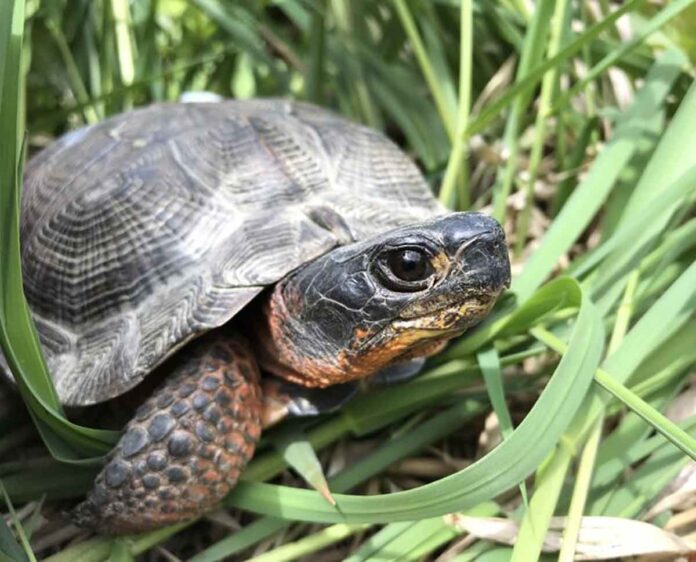Wildlife trafficking endangers biodiversity by removing animals from wild populations for the illegal pet trade. Many traffickers try to avoid prosecution by falsely claiming that trafficked animals were bred in captivity. The true origin of a confiscated animal can be difficult to prove. It poses problems for authorities attempting to combat the trafficking problem.
A team of scientists from the Center for Wildlife Studies, the Maine Department of Inland Fisheries and Wildlife, the University of Arkansas, and the University of Maine has developed a novel technique for identifying trafficked Maine wood turtles. The technique examines stable isotopes in claw clippings and uses a statistical model to differentiate between legally and illegally obtained animals.
Wood turtles are a frequently poached and trafficked species in Maine. It resulted in declining wild populations throughout the state. The new forensic method focuses on the carbon and nitrogen-stable isotopes in the turtles’ bodies. It can vary depending on the diets of the animals. The diets of wild and captive-bred wood turtles differ so greatly. And the stable isotope signatures in their tissues were expected to differ.
The researchers took claw clippings from turtles and used isotope ratio mass spectrometry to analyse their isotopic signatures. The team’s newly developed statistical model was used to differentiate between captive and wild turtles based on the carbon and nitrogen-stable isotopes of the claw samples.
The researchers compared the isotopes of 35 wildwood turtles to those of 36 captive-bred wood turtles. They discovered that the model was extremely accurate in predicting whether a turtle was wild or captive. The method was 97% successful overall. It correctly identified all but two of the 71 turtles as captive or wild. According to the authors, their study was the first to use stable isotope analysis to distinguish between wild and captive freshwater turtles.
The new method could help Maine officials combat wildlife trafficking, prosecute traffickers, and protect the state’s native turtle species. The findings of this study were published in the journal Biology. The researchers hope to improve their technique so that it can eventually achieve 100% accuracy and be applied to other geographic regions and vulnerable turtle species.

